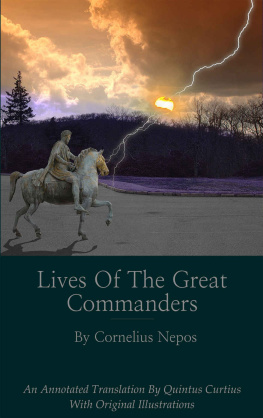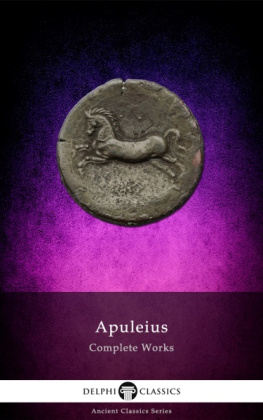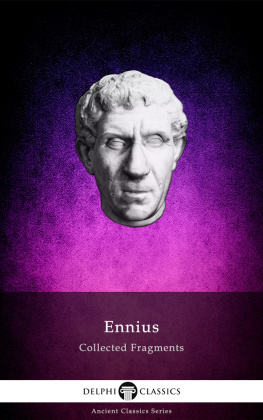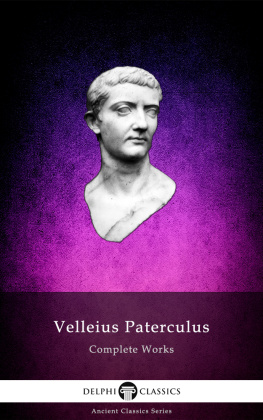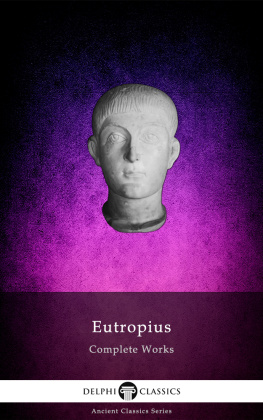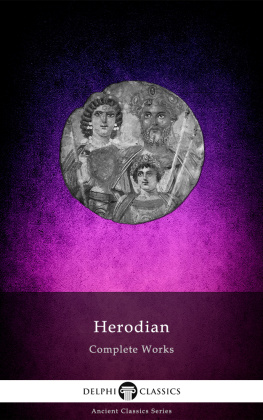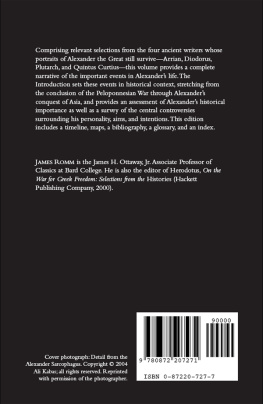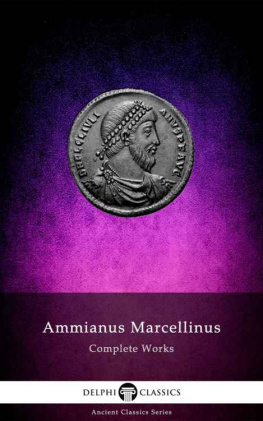The Complete Works of
QUINTUS CURTIUS RUFUS
(fl.1st century AD)

Contents

Delphi Classics 2017
Version 1

The Complete Works of
QUINTUS CURTIUS RUFUS
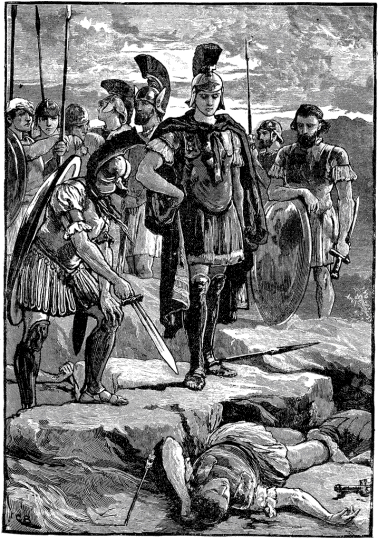
By Delphi Classics, 2017
COPYRIGHT
Complete Works of Quintus Curtius Rufus
First published in the United Kingdom in 2017 by Delphi Classics.
Delphi Classics, 2017.
All rights reserved. No part of this publication may be reproduced, stored in a retrieval system, or transmitted, in any form or by any means, without the prior permission in writing of the publisher, nor be otherwise circulated in any form other than that in which it is published.
ISBN: 978 1 78656 382 8
Delphi Classics
is an imprint of
Delphi Publishing Ltd
Hastings, East Sussex
United Kingdom
Contact: sales@delphiclassics.com
www.delphiclassics.com
The Translation

The Roman Empire apart from his name on the manuscripts, nothing else certain is known of Quintus Curtius Rufus than he flourished in the empire during the first century AD.
HISTORY OF ALEXANDER

Translated by J. C. Rolfe
Quintus Curtius Rufus was a first century Roman historian, whose only known work is the Historiae Alexandri Magni . Curtius history is uniquely isolated, as no other ancient text refers to it and no ancient author directly refers to him. By his name, Quintus Curtius Rufus was a member of the Curtii Rufi branch of the Curtii family, one of the original nobility of Rome. Due to the frequently used institution of adoption, people of the name Curtius (or female Curtia) might not be consanguineous. Moreover, the same name tended to be repeated, typically from grandfather to grandson. After centuries of Curtii, a Curtius might turn up in history at any location or in any period.
Curtius History of Alexander survives in 123 codices, or bound manuscripts, all deriving from an original of the ninth century. As it was a partial text, already missing large pieces, they are partial as well, varying in condition. The original text contained ten books, but the first two books are lost, along with any introduction, usually expected according to ancient custom. There are also large gaps in books V, VI and X. Many sections throughout are obscure, subject to interpretation or emendation in the name of restoration. The history opens in Book III with events from 333 BC, beginning with the famous story of Alexander and the Gordian knot. One of Curtius main sources is Cleitarchus, one of the historians of Alexander the Great, who was the son of the historian Dinon of Colophon and possibly a native of Egypt. His work, completely lost, has survived only in some thirty fragments preserved by ancient authors, especially by Aelian and Strabo. Writing in c. 300 BC, Cleitarchus made Alexanders military career a matter of marvellous adventure.
Curtius book enjoyed popularity in the High Middle Ages. It is the main source for a genre of tales termed the Alexander Romance; for example, Walter of Chatillons epic poem Alexandreis , which was written in the style of Virgils Aeneid . These romances spilled over into the Renaissance, especially inspiring Italian poets, who idolised Curtius. Painters, such as Paolo Veronese and Charles Le Brun, painted scenes from Curtius history of Alexander.
The Editio Princeps was published in 1470 or 1471 at Venice by Vindelinus Spirensis. A slow but steady stream of editions appeared subsequently until more of a need for standardisation was perceived. In 1867 Edmund Hedicke instigated a convention that persists yet. He based his edition of that year on the five best manuscripts. In what remains of his work, Curtius chiefly does not identify sources. They were, perhaps, stated in the missing books. Speculations of what they were based on and thorough analysis of the content and style vary widely.
Curtius is not a critical historian; in his desire to entertain and to stress the personality of Alexander, he elaborates effective scenes, omits important historical detail and pays little attention to chronology. However, he does not invent things, except for speeches and letters inserted as traditional convention. Three features of his history are narrative features of exciting experiences, the development of a heros character and a tendency to moralise. Curtius History of Alexander is one of the five extant works on which we rely for the career of Alexander the Great, offering a rare opportunity of a Roman viewpoint on the exploits of the legendary figure.

Philip II of Macedon, Alexanders father first century Roman copy of a Hellenistic Greek original, Chiaramonti Museum of the Vatican Museums

Bust of a young Alexander the Great from the Hellenistic era, British Museum

Alexander fighting king Darius III of Persia, a mosaic dating from c. 100 BC, originally from the House of the Faun in Pompeii, now housed in the Naples National Archaeological Museum.
CONTENTS

Map of Alexanders Empire and his route
PREFACE
THE translation is based upon the text of Edmund Hedicke, Leipzig, Teubner, 1908, with a few changes. Numerous alterations have been made in the punctuation, especially in the use of the semi-colon for the colon in accordance with English usage, in not pointing off with commas all relative clauses, regardless of their nature and their connexion with the rest of the sentence, and in the omission (more rarely the addition) of other commas, the presence or absence of which tends to obscure the meaning.
The notes on the text are designed to show the condition and the relation of the manuscripts. They are probably still too numerous (some may say superfluous), but they have been considerably shortened by omitting obvious changes by early editors, especially in proper names, at the risk of robbing some such editor of the honour of a conjecture; also by not recording the most obvious readings of the I-class of codices (see Introd., p xi).
There are two systems of numbering and citing the text of Curtius, by book, chapter, and section (e.g. v. 13. 25 on p ix, note), and by book, shorter paragraph, and section (e.g. for this reference v. 38. 25). The earlier editors cite by the latter system, modem editors by the former; so Hedicke, who however retains the numbers of the shorter paragraphs. In this edition the shorter paragraphs have been omitted.
Next page



